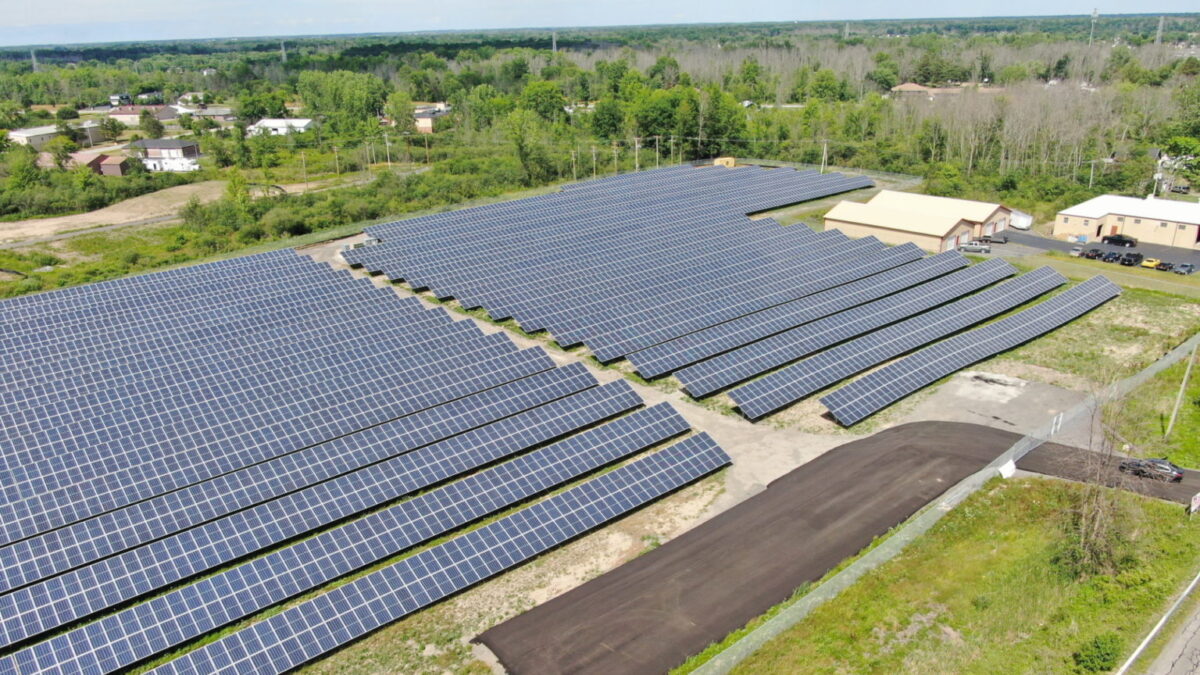From pv magazine USA
Columbia Law School of New York has released its third annual round up of anti-renewable energy legislation filed across the U.S. The report, Opposition to Renewable Energy in the United States – May 2023 Edition, aims to document local and state restrictions on, and opposition to, the siting of renewable energy projects from 1995 to May 2023.
The authors contend that “local opposition to renewable energy facilities is widespread and growing, and represents a potentially significant impediment to achievement of climate goals.”
The report highlights several particularly challenging situations including:
- In Virginia, at least seven counties adopted restrictive solar ordinances or moratoria between June 2022 and May 2023 (Charlotte, Culpeper, Franklin, Halifax, Page, Pittsylvania, and Shenandoah). For example, Pittsylvania County now prohibits the construction of any solar farm within 5 miles of any other solar farm and limits utility-scale solar projects to 2% of the total acreage of any zoning district. Franklin County has imposed a countywide cap of 1,500 acres for all ground-mounted solar projects.
- Between April 2022 and March 2023, at least 11 counties in Ohio adopted binding resolutions to prohibit large renewable energy projects in all of their unincorporated territories or very large swathes of those territories.
In the most recent version of the report, the researchers at Columbia identified no fewer than 228 local restrictions across 35 states. They also highlighted nine state-level restrictions that are so stringent they could block a renewable energy project, the authors say. Moreover, the team listed 293 renewable projects that have faced substantial opposition in 45 states.
The only states without significant restrictions or controversies, according to the authors’ criteria, were Alaska, Arizona, and Mississippi. For example, Yuma, Arizona, considered one of the sunniest cities in the U.S., has a long history of its power companies stifling the development of solar projects.
Most of the state-level restrictions targeted wind power, with only a few directly affecting solar. Two of these restrictions involved state bodies in Connecticut and Maryland needing to approve relatively small solar projects. In New York, the state government controls the approval of larger solar projects.
Before March 2022, the group had identified 169 unique local renewable energy restrictions. Since then, an additional 59 restrictions have been enacted, marking a 35% increase. Furthermore, throughout the year, 82 projects encountered contentious paths during their respective zoning processes.
This period saw a 39% surge in the number of projects facing ‘serious organized opposition’.
Concurrent with the strong rise of laws limiting renewables, is the fact that solar deployed a record 6.1 GW of capacity in Q1 2023 is set to deploy a record 30 GW of capacity in 2023. And while it is true that tens of projects have been rejected, thousands have been turned on.
This content is protected by copyright and may not be reused. If you want to cooperate with us and would like to reuse some of our content, please contact: editors@pv-magazine.com.



By submitting this form you agree to pv magazine using your data for the purposes of publishing your comment.
Your personal data will only be disclosed or otherwise transmitted to third parties for the purposes of spam filtering or if this is necessary for technical maintenance of the website. Any other transfer to third parties will not take place unless this is justified on the basis of applicable data protection regulations or if pv magazine is legally obliged to do so.
You may revoke this consent at any time with effect for the future, in which case your personal data will be deleted immediately. Otherwise, your data will be deleted if pv magazine has processed your request or the purpose of data storage is fulfilled.
Further information on data privacy can be found in our Data Protection Policy.